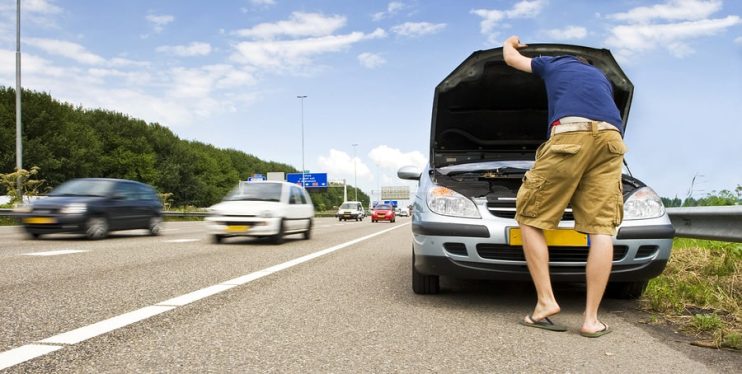
What is the hard shoulder? It’s that strip of concrete that runs parallel to the lanes on the motorway that no-one uses for driving, not even when the traffic is stacked and packed in a jam. The surface area is indicated by a solid white line and it gives drivers of all vehicles, even lorries, enough space to pull over and not disturb other traffic in the event of an emergency.
Continue reading


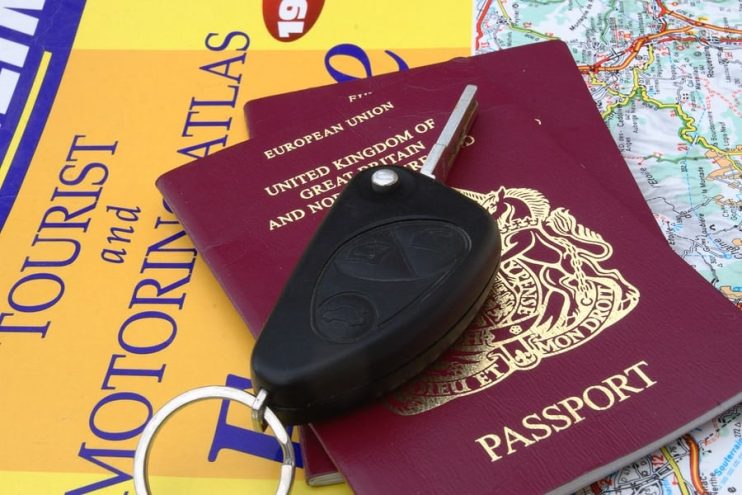

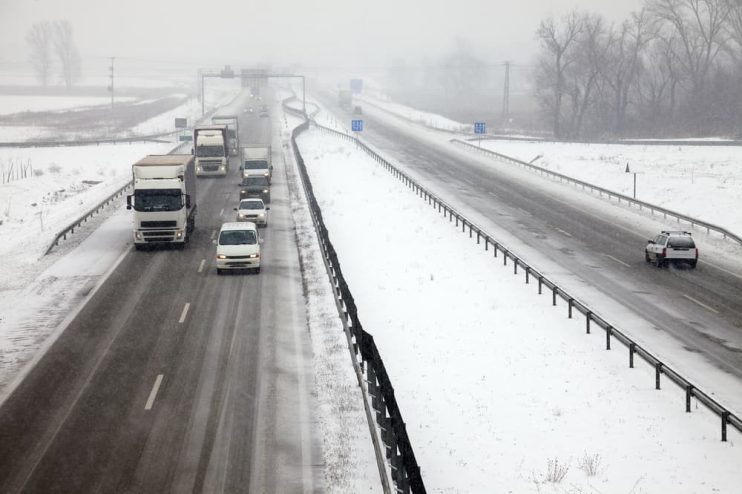
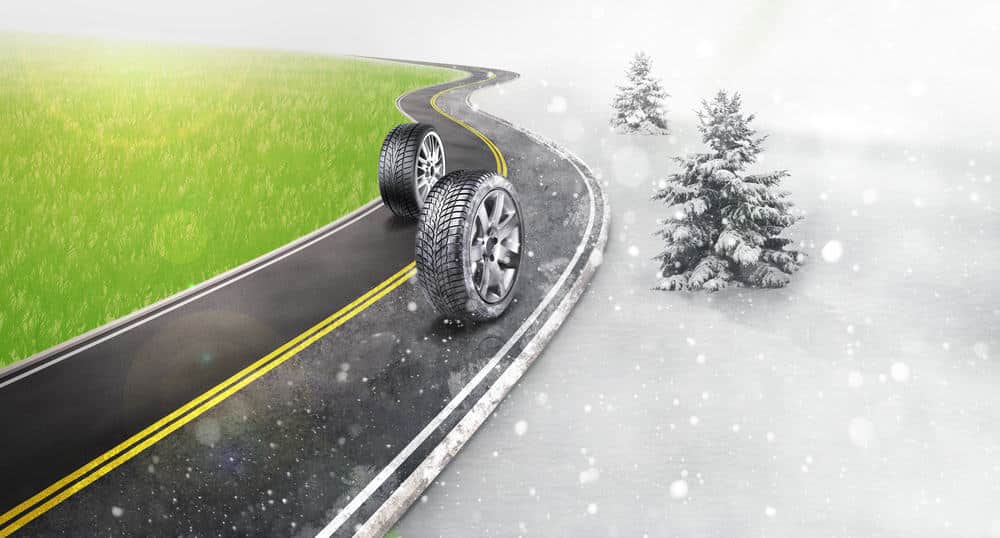
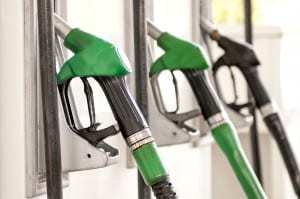
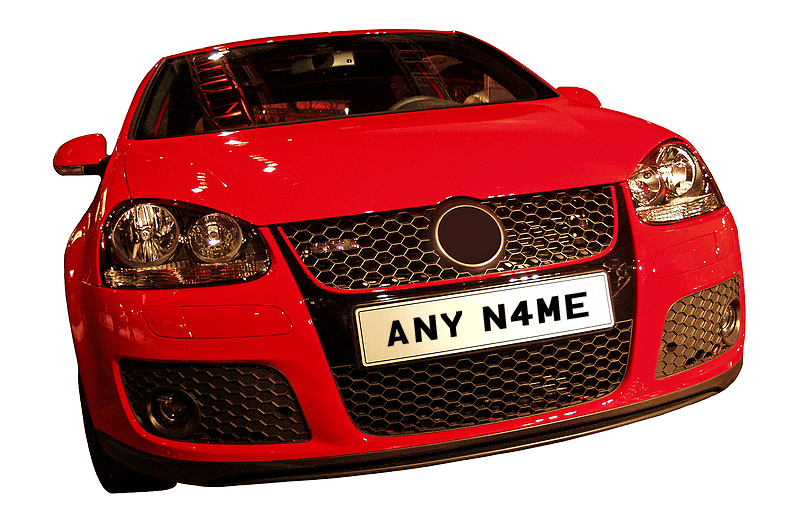

.png)